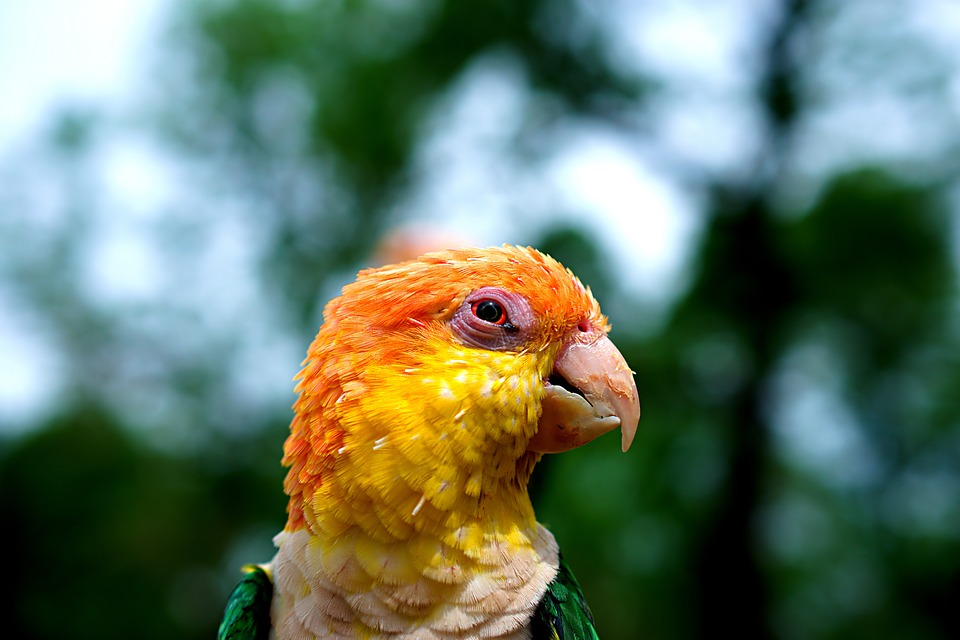Grooming plays a vital role in the overall well-being of our avian companions. As parrot owners, it is crucial to understand the various behaviors exhibited by our feathered friends during grooming sessions. In this comprehensive guide, we will delve into the intricacies of parrot behavior during grooming, providing valuable insights and tips to ensure a positive and stress-free experience for both parrot and owner.
Parrots are known for their beautiful plumage, and grooming is essential to maintain the health and appearance of their feathers. Preening, the process of cleaning and maintaining feathers, is a significant part of a parrot’s grooming routine. By using their beaks to arrange and clean their feathers, parrots remove dirt, debris, and parasites, ensuring their feathers remain in excellent condition.
Additionally, grooming also contributes to social bonding between parrots. In the wild, parrots engage in mutual preening as a way to strengthen their bonds with flock members. By engaging in grooming sessions with our parrots, we can replicate this bonding behavior and enhance our relationship with them.
Understanding normal grooming behaviors is crucial for identifying any abnormal behaviors that may indicate underlying health or behavioral issues. Feather plucking, for example, is a distressing behavior in which a parrot plucks out its feathers. This behavior can be caused by various factors such as stress, boredom, or medical conditions. Recognizing the causes and implementing appropriate solutions, such as environmental enrichment and addressing any underlying health issues, can help alleviate feather plucking.
Another abnormal grooming behavior is self-mutilation, where a parrot engages in excessive biting or scratching, leading to injury. This behavior is often a sign of extreme stress or anxiety and should be addressed by seeking professional help from a veterinarian or avian behaviorist.
Overpreening is another behavior to watch out for, as excessive preening can lead to feather damage and skin irritation. Providing distractions, such as toys and foraging opportunities, can help redirect the parrot’s excessive preening behavior.
Proper beak and claw maintenance is also essential for parrots. Beak overgrowth can lead to difficulty eating, while claw overgrowth can cause discomfort and potential injury. Regularly trimming your parrot’s beak and claws, either at home or with the help of a professional, can prevent these issues.
Creating a positive grooming experience for your parrot is vital to ensure they feel comfortable and safe during grooming sessions. Building trust and a strong bond with your parrot is crucial, as they will be more likely to cooperate during grooming. Creating a calm and quiet environment, introducing grooming tools gradually, and using positive reinforcement techniques such as treats or praise can help make grooming a positive experience for both parrot and owner.
In cases where severe grooming issues persist, it is essential to seek professional help. Veterinarians and avian behaviorists have the expertise to diagnose and address complex grooming issues, ensuring the well-being of your parrot.
In conclusion, understanding parrot behavior during grooming is essential for providing optimal care and ensuring the well-being of our feathered companions. By recognizing normal and abnormal grooming behaviors, creating a positive grooming experience, and seeking professional help when needed, we can help our parrots maintain their physical health and strengthen the bond between human and bird. Remember, patience, empathy, and a deep understanding of parrot behavior will go a long way in providing a nurturing grooming environment for our beloved parrots.









